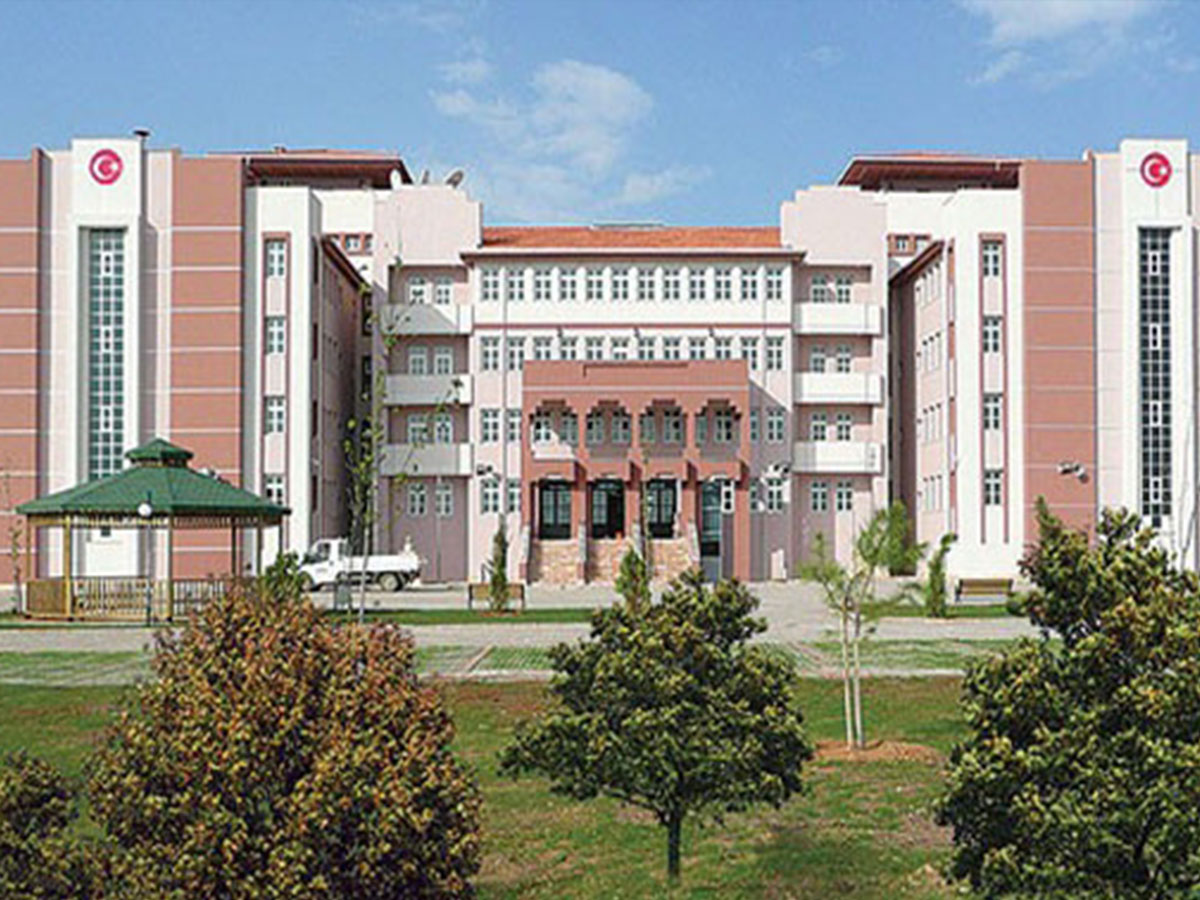Having undertaken many education facility construction and refurbishment projects we have learned that completing building work in education facilitys poses a set of unique challenges both for the education facility and the Metart carrying out the work.
The obvious motivation for all education facilitys in undertaking any building project is to enhance the facilities provided for their students but how is the unavoidable inconvenience of intrusive projects best managed?
Metart brings specialized education facility construction experience from completion of various projects. As an experienced education facility builder, we have proven best practices to support creating customized, student-centered learning spaces based on your community’s need for university campuses, high-scholls, primary and nursery education facilitys.
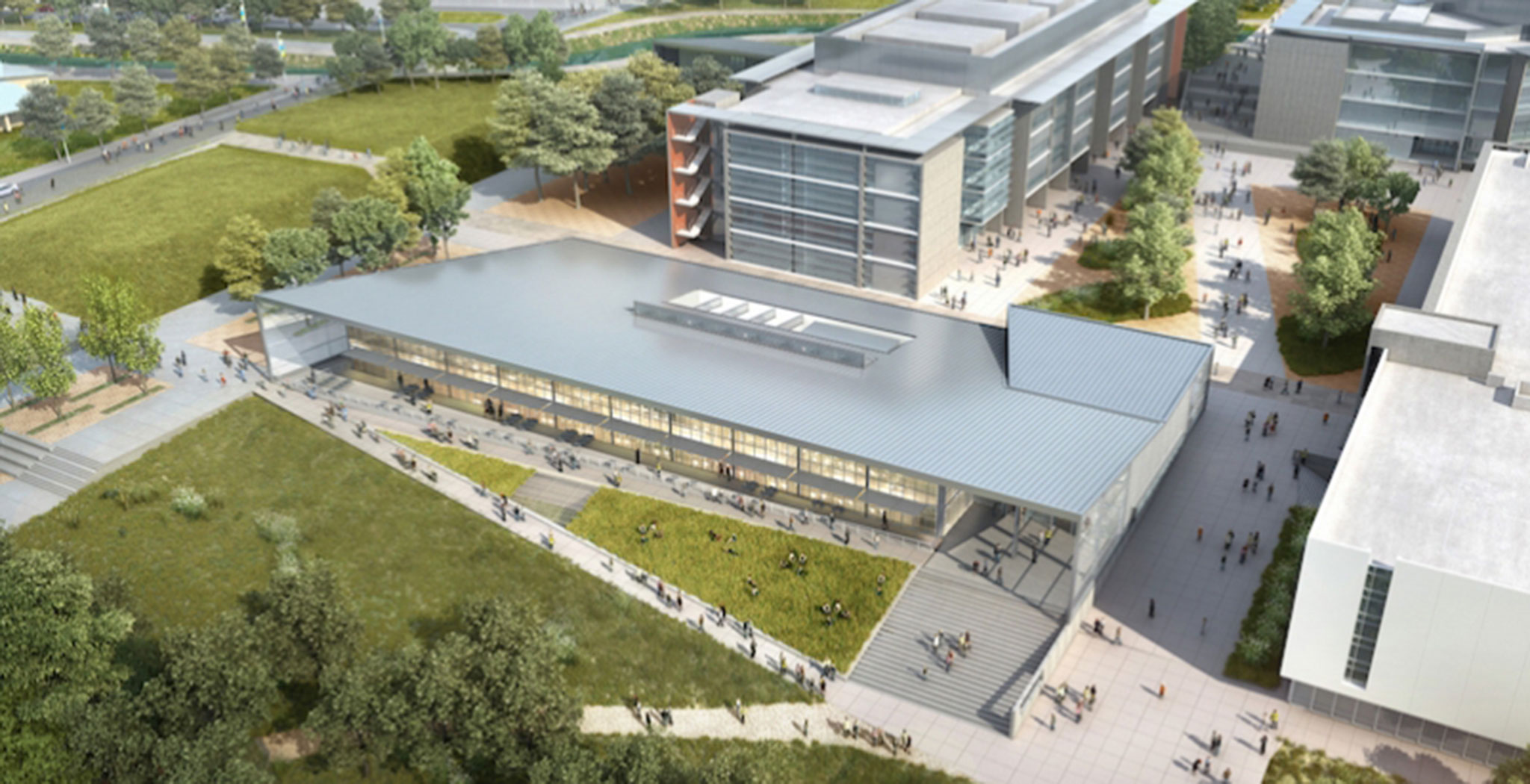
When renovating facilities on an existing campus, student safety is Metart’s first priority. As an industry-recognized safe constructor, Metart our Education facility Construction Safety Plan to your faculty, staff, students and community members. Our site security plan also ensures safety of curious students while working with your faculty to provide opportunities for learning from the construction project.
We also bring the expertise to share knowledge on current trends, sustainable design practices, student inclusion programs, construction solutions, equipment, construction technology, operational issues and cost trending to deliver the best results for you.
Planning and programming
The vacation days present the best opportunities to undertake intensive small and medium intrusive projects. Understanding the ‘Construction Process’ is essential for education facilitys to successfully procure these smaller works.
Design > Specify > Measure > Estimate > Procure > Construct.
This process cannot be short cut. We always recommend education facilitys allow sufficient time for each step of the construction process to ensure the clients requirements can be successfully met within these limited windows of opportunity. Larger projects also must follow the Construction Process but have no option but to span the education facility term and require in depth planning with regard to routes of access, segregation, decanting, disclosure compliance, health and safety, welfare provision and target completion and handover dates. All the issues need to be carefully planned by the architect, Metart and client in the design stage of the project and are just as important as the standard of work completed.
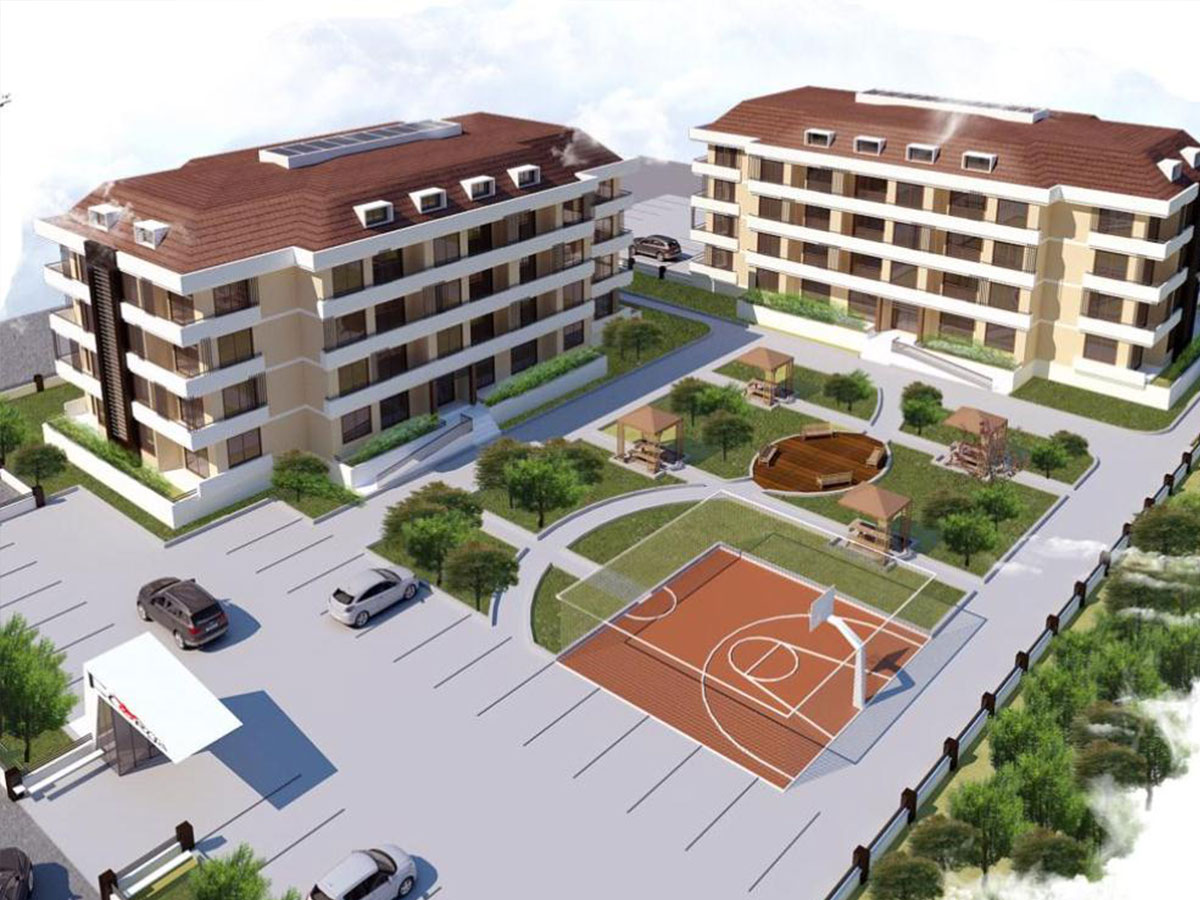
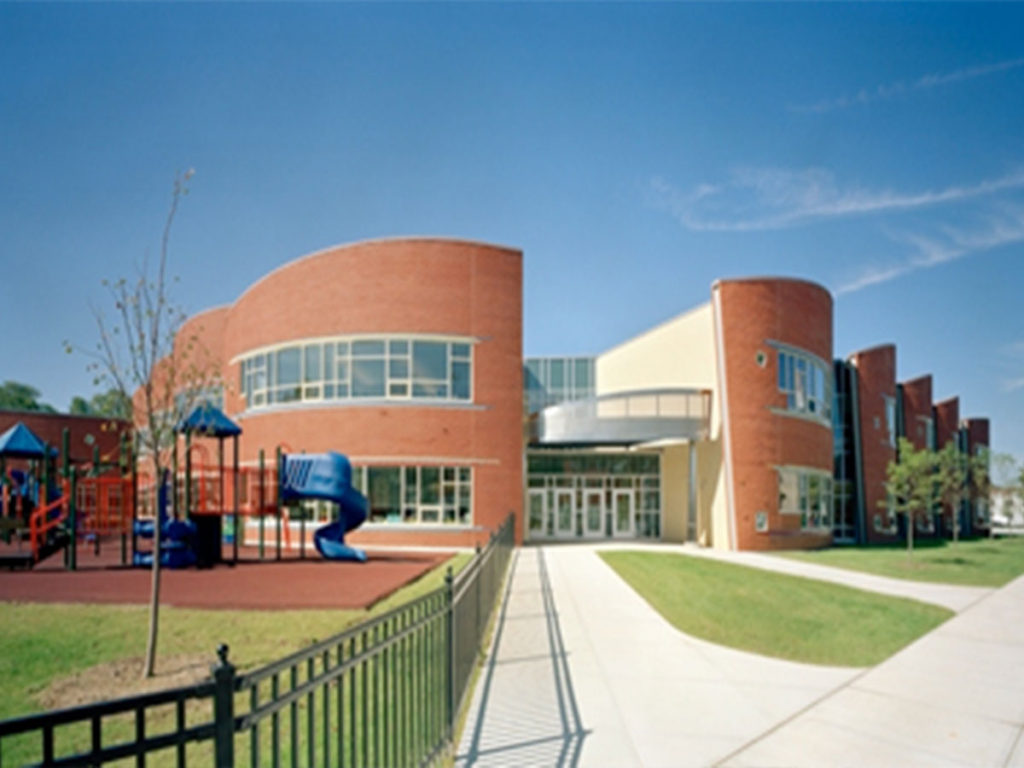
Transparency and Communication
It is the role of Metart to ensure the education facility has a clear understanding of the design and contract programme, be fully aware of the terms and conditions regarding the Metart’s working restrictions, health and safety and security. Transparency from the Metart is invaluable to a well- run project. Education facility staff and pupils can be kept informed about the project through education facility assemblies and education facility notices.
Managing Disruption
The Metart will manage the health and safety and security aspects of the construction project however a certain degree of inconvenience is unavoidable. The level of disruption will depend on the scale and type of building operations, proximity to education facility activities, the time at which the works are carried out, and the constraints of the existing buildings and site.
The following examples are the most common disruptions reported by education facilitys during construction projects:
Dust and dirt: Apart from being particularly uncomfortable, airborne dust and dirt can give rise to medical complaints and absences. Locating classrooms which require natural ventilation away from building activities and the constructing of seals in affected areas can help to minimise the ingress of dust and dirt. Additional cleaning for the education facility during the project should also be considered.
Noise: Co-ordination between the education facility and Metart on an informal basis can help reduce noise levels during particular times and in certain locations.
Increased vehicle and personnel traffic: In order to avoid continuing distraction it may be possible to locate certain classes and activities away from the main site access and construction works.
Access points and circulation routes: Changes in access arrangements can be disruptive and resource intensive and should be considered when agreeing the sequence of phasing of the works.
Utilities and services: Planning with the education facility if a particular service failure or disconnection occurs will allow the education facility to better manage these situations if they happen.
Reduced playground and car park space: The loss of amenities during the construction process is often a source of inconvenience. Again, early consultation provides the opportunity to investigate and implement alternatives.
The education facility will also have to consider its health and safety procedures throughout the project. Prior to construction a presentation to the education facility from the Metart on general site safety can be useful and can often have more impact than if it were delivered by the education facility team.
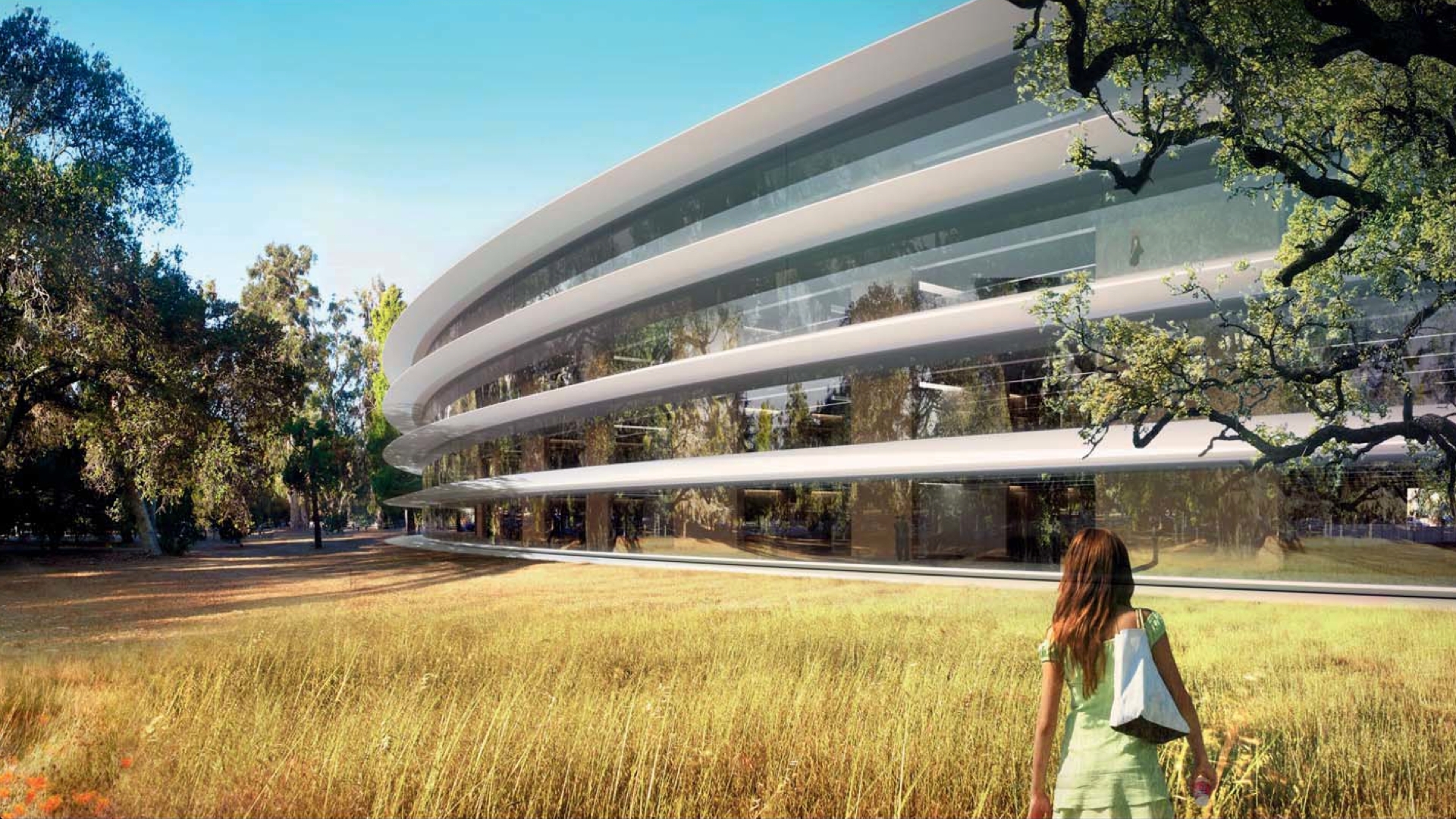
Disclosure
In our experience each education facility interprets the disclosure guidelines in a different way. Metart accommodates each education facility’s specific requirements and the education facility policy needs to be communicated early in the construction process so that the method of working can include these requirements.
Health and Safety and disclosure arrangements are rarely conflicting. Creating appropriate segregation by means of physical hoardings between pupils and workmen is the best way to ensure the safeguarding of pupils. All site management and key staff should be HSE checked and manage all deliveries and site staff on a daily basis. We find it useful if all staff wear company embossed hi-viz and carry company identification at all times.
Occasional breaches in procedures can occur, for example doors may be left unlocked and procedures need to be in place to report such incidents
